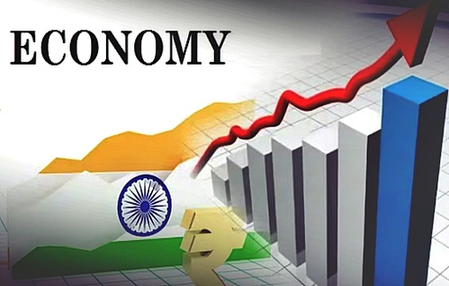Business
Nomura retains India’s FY26 growth at 6.2 pc amid GST rate rationalisation

New Delhi, Aug 20
Nomura has maintained its forecast for India’s economic performance in FY26, projecting GDP growth at 6.2 per cent and consumer price inflation at 2.7 per cent.
The Japanese financial services major's outlook comes as the government prepares for a major restructuring of the Goods and Services Tax (GST) system -- a reform that has been pending for years.
Currently, GST is levied under four slabs -- 5 per cent, 12 per cent, 18 per cent, and 28 per cent. The Centre has proposed a rationalisation, cutting the structure down to two core slabs of 5 per cent and 28 per cent, while also introducing a new 40 per cent rate for sin and luxury goods.
While eliminating the 12 per cent and 18 per cent brackets could theoretically shave 0.19 per cent off GDP growth, states are expected to push back, as the rejig could mean revenue losses without adequate compensation.
Analysts expect policymakers to protect high-revenue-generating goods and services by keeping them in the higher tax bracket.
Nomura noted that income and employment fundamentals remain the real drivers of consumption. Tax reforms that leave households with higher disposable income may boost savings, while consumer demand could swing in phases.
The brokerage expects an initial slowdown in purchases as households wait for lower tax rates, followed by a festive season demand surge in October–November.
On the inflation front, the rationalisation could be significantly disinflationary.
About 22 per cent of items in the CPI basket fall under the 12 per cent slab, while 5 per cent are taxed at 28 per cent.
However, Nomura cautioned that prices may not fall immediately, citing the 2017 experience where companies increased mark-ups ahead of GST changes and passed on only part of the tax cut to consumers, thereby widening profit margins.
The decision-making process will now move to the political arena. A Group of Ministers (GoM) will meet this week to discuss the proposal, followed by a GST Council meeting in September.
If consensus is achieved, the new structure could be rolled out by Diwali.
From a fiscal perspective, the government’s largest indirect tax collections come from goods and services taxed below 18 per cent, which are unlikely to be impacted heavily.
With high-yield items staying in the upper bracket and the existing compensation cess likely being replaced with a fresh levy, Nomura has kept its fiscal deficit forecast steady at 4.4 per cent of GDP.































